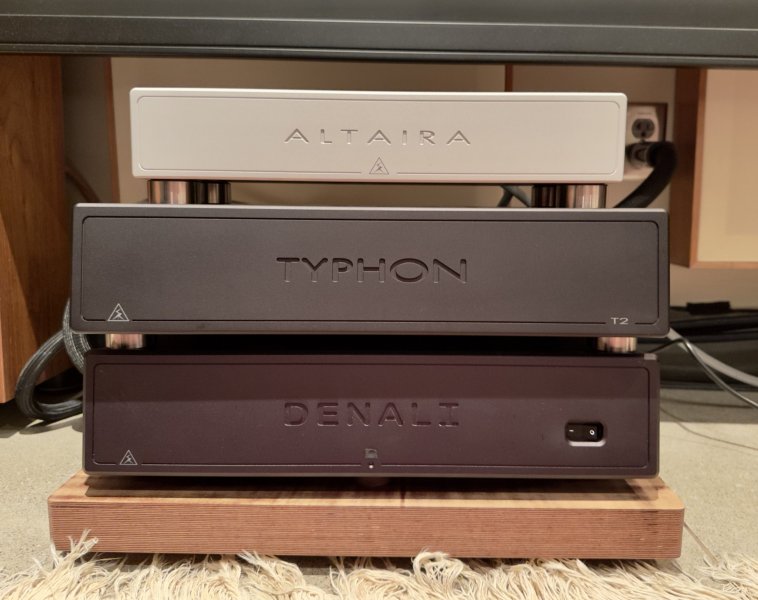I haven't tried using the Denali to power my monoblocks since Shunyata recommends plugging the amps into the T2. I will have to try it, since that is probably the source of the improvement I heard.7ryder, you’re now at the 2-week mark. How is the T2 settling in so far? Since you are using it with a 6000S/2 how do you find using its local outputs vs using the 6000S/2 outputs? Any stark differences there?
To answer your question, I have not heard any further changes/improvements to SQ since my original post and this includes adding a Sigma XC to replace a Sigma HC last Friday, this is even with running a fan for two weeks (one week for the power cord).
So, in my system, replacing a Typhon QR with a T2 is a small change. I am not sure that I would have upgraded to the T2 if I had had a chance to audition it first.
I remember Richard at Shunyata telling me that Caelin thought the Typhon QR was a great piece of equipment when I was getting mine upgraded during the last run. A lot of people were getting the upgrade done at the end of its life and Caelin thought that they would be a collectors item. I can see why, it appears that it was difficult for them to improve upon the TQR.
My takeaways -
- if you already own a Typhon QR, don't worry about the FOMO, stick with what you have.
- if you have a Denali 6000s v2 and are thinking about a T2, unless you need additional outlets, save some money and try to find a used Typhon QR, it will get you 95% (or more) of the way there.
Chris
Last edited:


